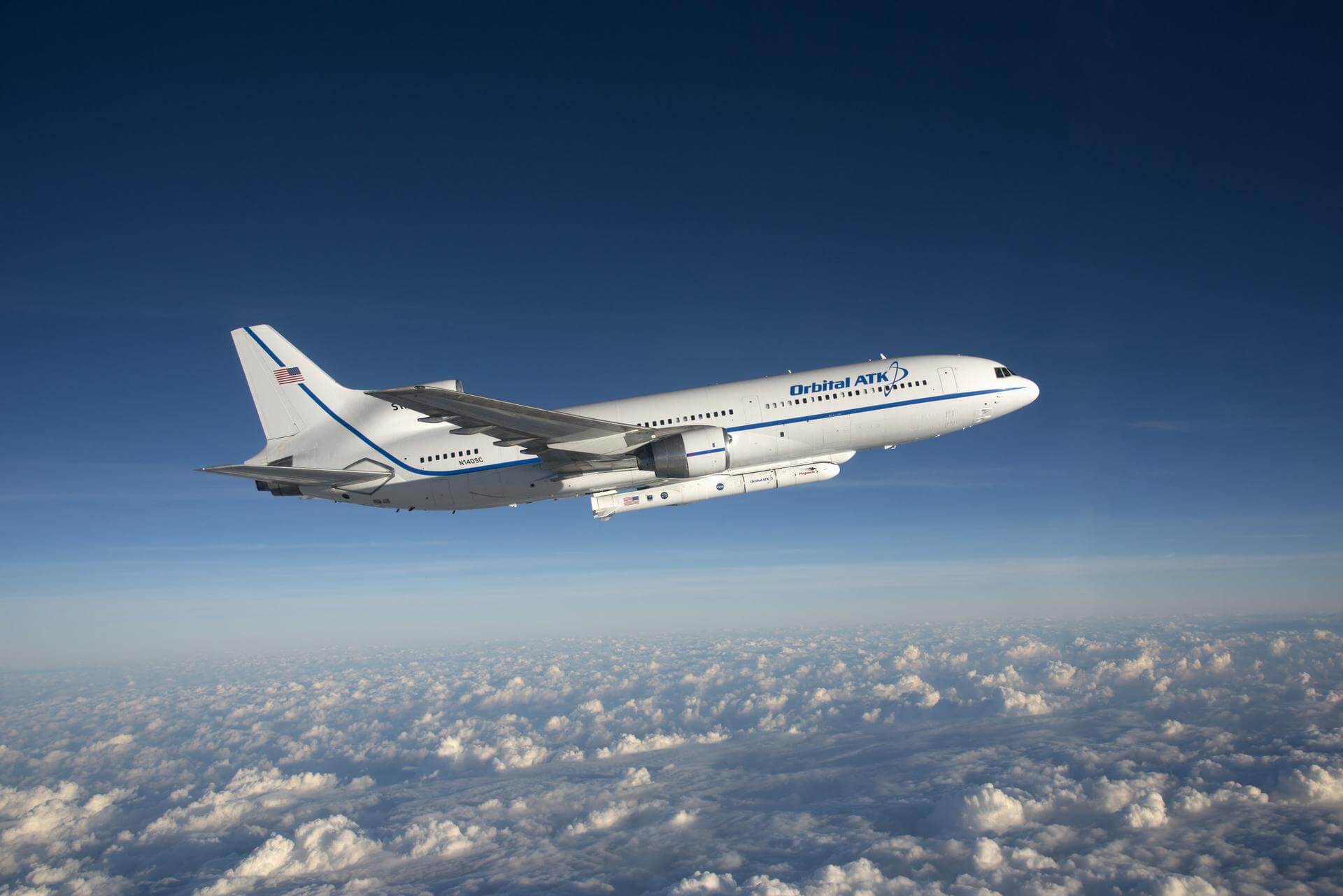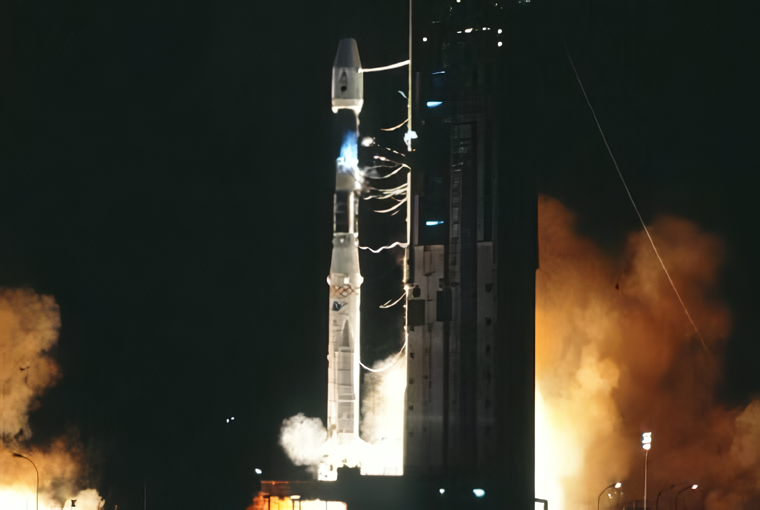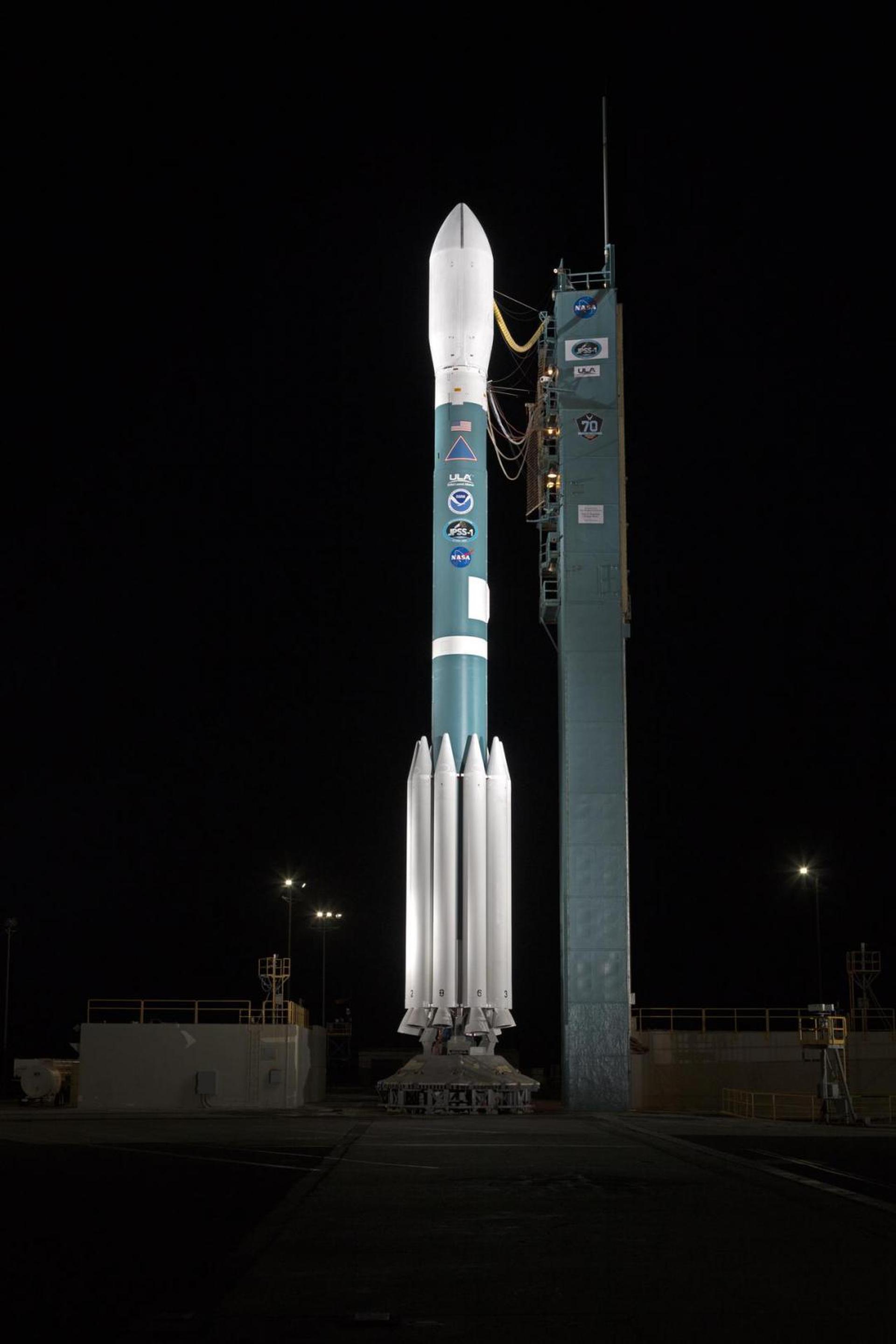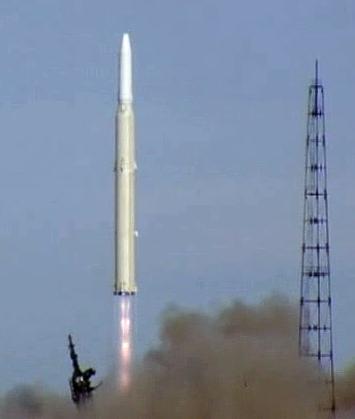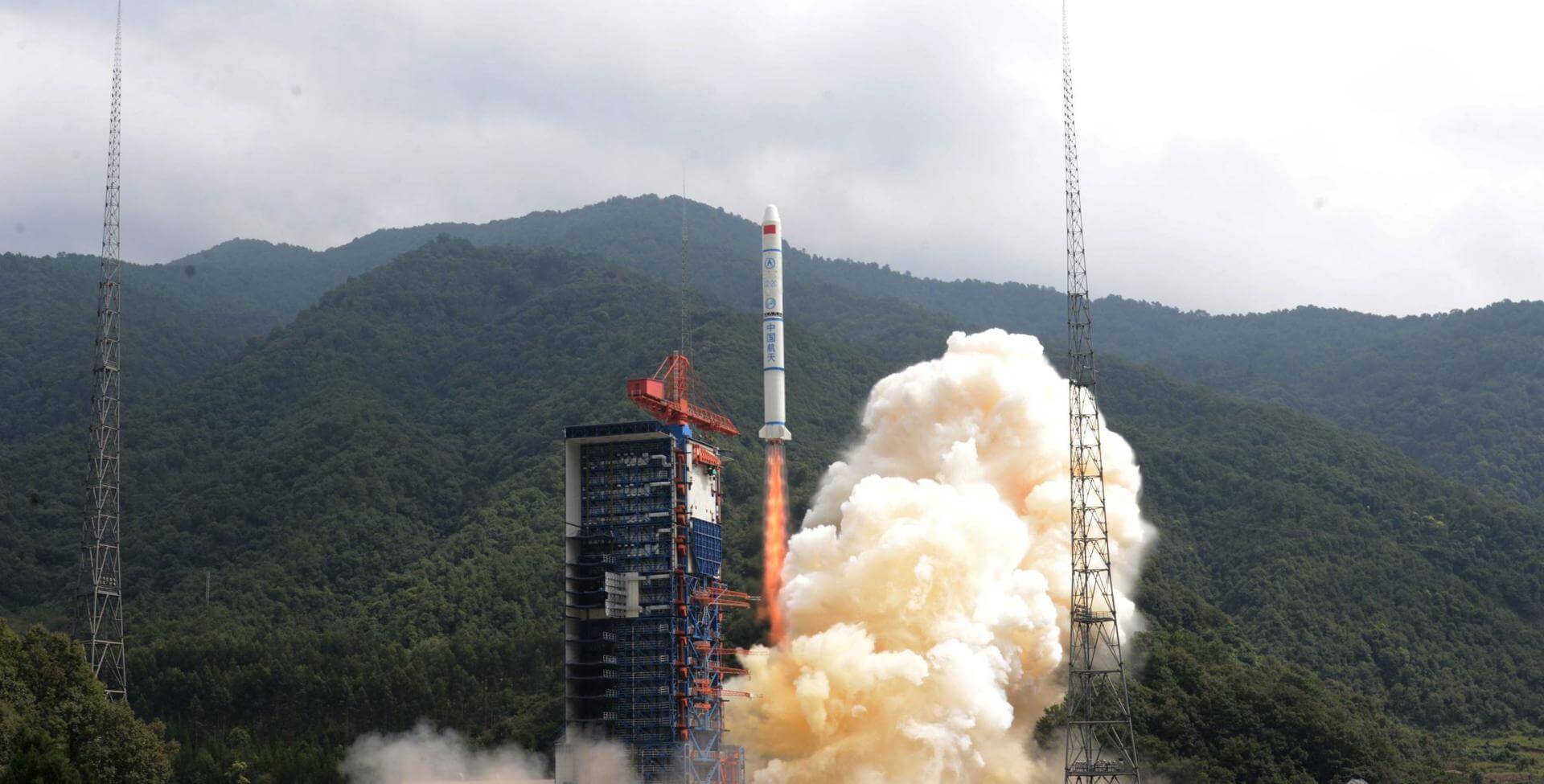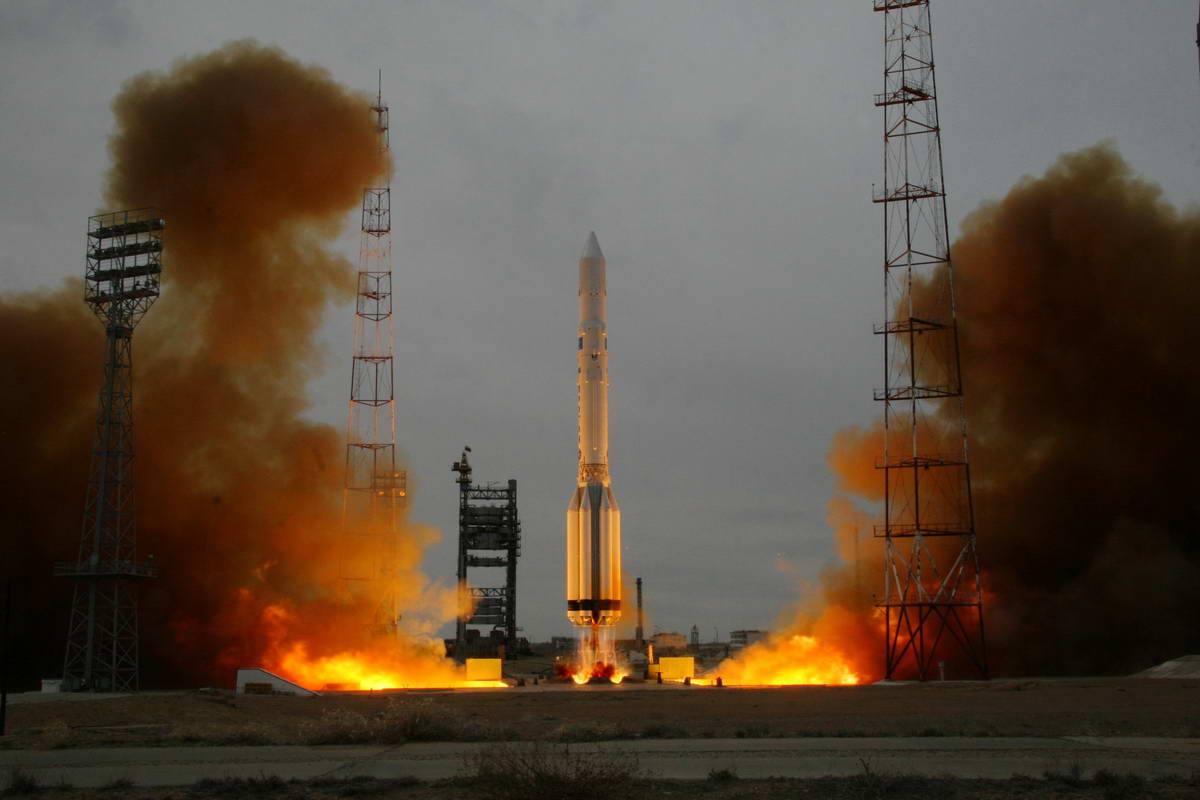Previous Spaceflight Launches
Filter by Agency, Locations or Vehicles
Show All LaunchesStart-1 | EarlyBird
Moscow Institute of Thermal Technology | RussiaSvobodny Cosmodrome, Russian Federation
Dec. 24, 1997, 1:32 p.m.
Status: Launch Successful
Mission:
EarlyBird 1, a remote sensing satellite built by CTA Space Systems (now part of Orbital Sciences Corporation (OSC)) for EarthWatch, Inc., was to provide high resolution commercial imagery. EarthWatch planed to offer black-and-white images with a resolution as high as 3 meters per pixel, and color images with a resolution of 15 meters per pixel. The imaging sensor was derived from NASA's cancelled Clark satellite.
Low Earth OrbitPegasus XL HAPS | Orbcomm-A1 - A8
Orbital Sciences Corporation | United States of AmericaAir launch to orbit
Dec. 23, 1997, 7:11 p.m.
Ariane 42L | INTELSAT 804
Aérospatiale | FranceGuiana Space Centre, French Guiana
Dec. 22, 1997, 12:17 a.m.
Status: Launch Successful
Mission:
The Intelsat VIII-VIII/A series has been designed to meet the needs of Intelsat users throughout the system for improved C-band coverage and service. These spacecraft will incorporate six-fold C-band frequency reuse, two-fold frequency reuse of expanded C-band capacity, and the highest C-band power level ever for an Intelsat satellite. Consequently, Intelsat VIII will provide significantly more C-band capacity for public switched telephony and Intelsat Business Service, better quality for video services, and encourage new international VSAT applications.
Geostationary OrbitDelta II | Iridium 45 to 49
United Launch Alliance | United States of AmericaVandenberg SFB, CA, USA
Dec. 20, 1997, 1:16 p.m.
Status: Launch Successful
Mission:
Iridium provides global mobile telecommunications services using a constellation of 66 low earth orbit satellites in a 86.4° inclined orbit. Although 77 satellites were originally envisioned for the system and spawned the name based on the 77th element in the periodic table, the system has been scaled back. Motorola's Satellite Communications Group designed and manufactured the Iridium satellites with Lockheed Martin providing the LM-700A spacecraft buses.
Low Earth OrbitSoyuz U | Progress M-37
Russian Federal Space Agency (ROSCOSMOS) | RussiaBaikonur Cosmodrome, Republic of Kazakhstan
Dec. 20, 1997, 8:45 a.m.
Soyuz-U-PVB | Yantar-4K2 77
Progress Rocket Space Center | RussiaPlesetsk Cosmodrome, Russian Federation
Dec. 15, 1997, 3:40 p.m.
Tsiklon-2 | US-PM 9
Yuzhnoye Design Bureau | UkraineBaikonur Cosmodrome, Republic of Kazakhstan
Dec. 9, 1997, 7:17 a.m.
Status: Launch Successful
Mission:
US-PM (Upravlenniye Sputnik Passivny Modifikirovanny) (also reported as US-PU) was a solar powered improved EORSAT (Electronic Ocean Reconnaissance Satellite). It used an passive ELINT devices to track naval vessels from space by registering their electronic emmissions.
Low Earth OrbitAtlas IIAS | Galaxy 8i
Lockheed Martin | United States of AmericaCape Canaveral, FL, USA
Dec. 8, 1997, 11:52 p.m.
Status: Launch Successful
Mission:
Galaxy 8-i is one of the most powerful satellites to join PanAmSat Corporation's fleet of spacecraft, with nearly 10 kilowatts of power at beginning of life. It is a Hughes HS-601HP body-stabilized model built by Hughes Space and Communications Company in El Segundo, Calif.
Geostationary OrbitLong March 2C/SD | Iridium 42 & 44
China Aerospace Science and Technology Corporation | ChinaTaiyuan Satellite Launch Center, People's Republic of China
Dec. 8, 1997, 7:16 a.m.
Status: Launch Successful
Mission:
Iridium provides global mobile telecommunications services using a constellation of 66 low earth orbit satellites in a 86.4° inclined orbit. Although 77 satellites were originally envisioned for the system and spawned the name based on the 77th element in the periodic table, the system has been scaled back. Motorola's Satellite Communications Group designed and manufactured the Iridium satellites with Lockheed Martin providing the LM-700A spacecraft buses.
Low Earth OrbitProton-K/DM-2M | Astra 1G
Khrunichev State Research and Production Space Center | RussiaBaikonur Cosmodrome, Republic of Kazakhstan
Dec. 2, 1997, 11:10 p.m.

